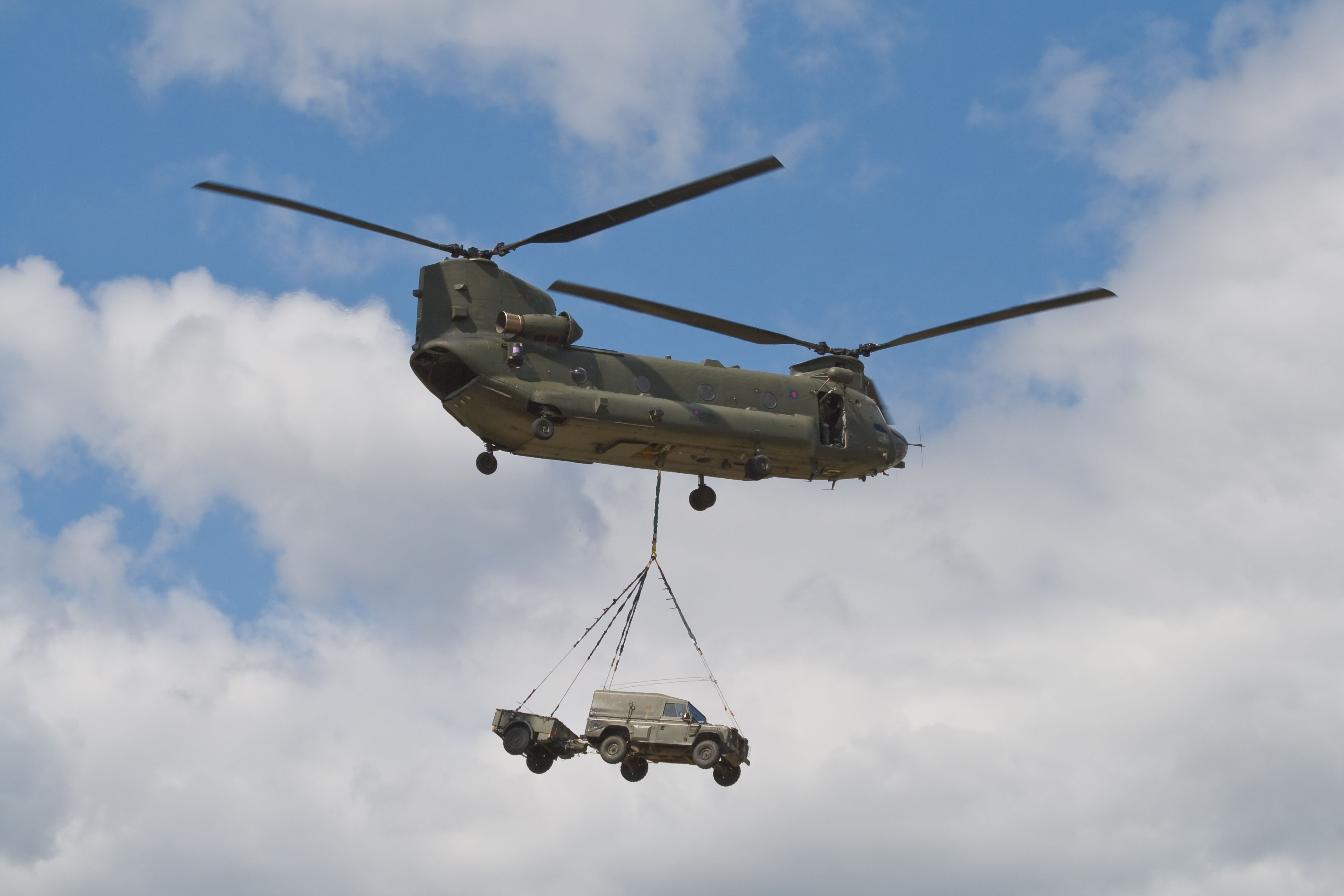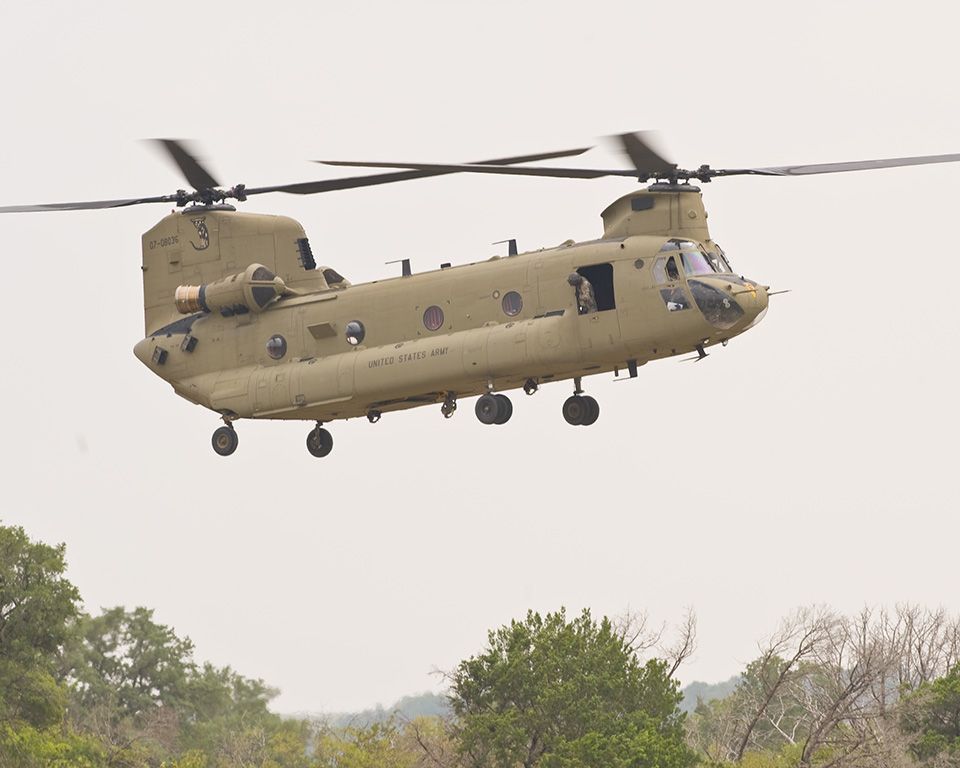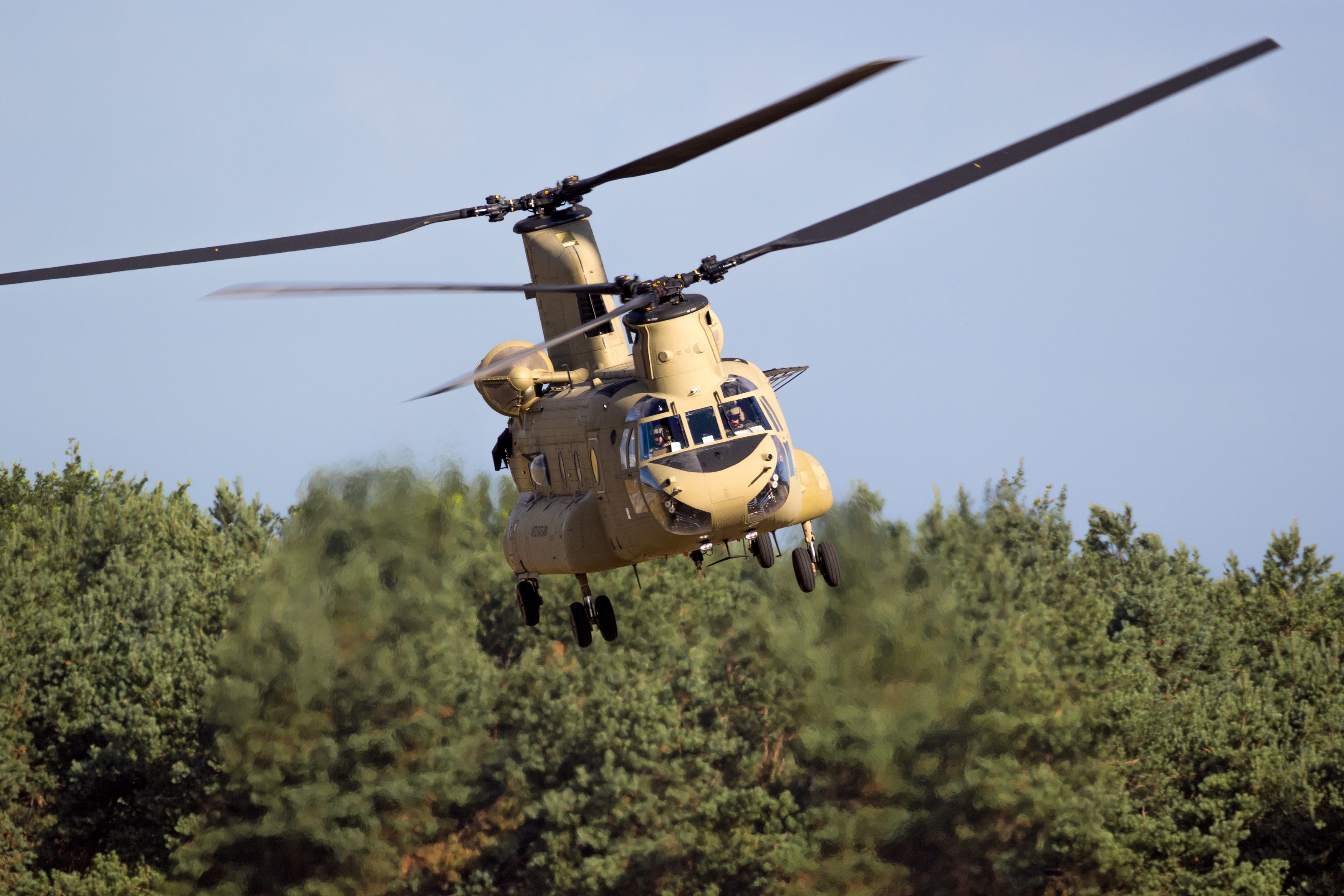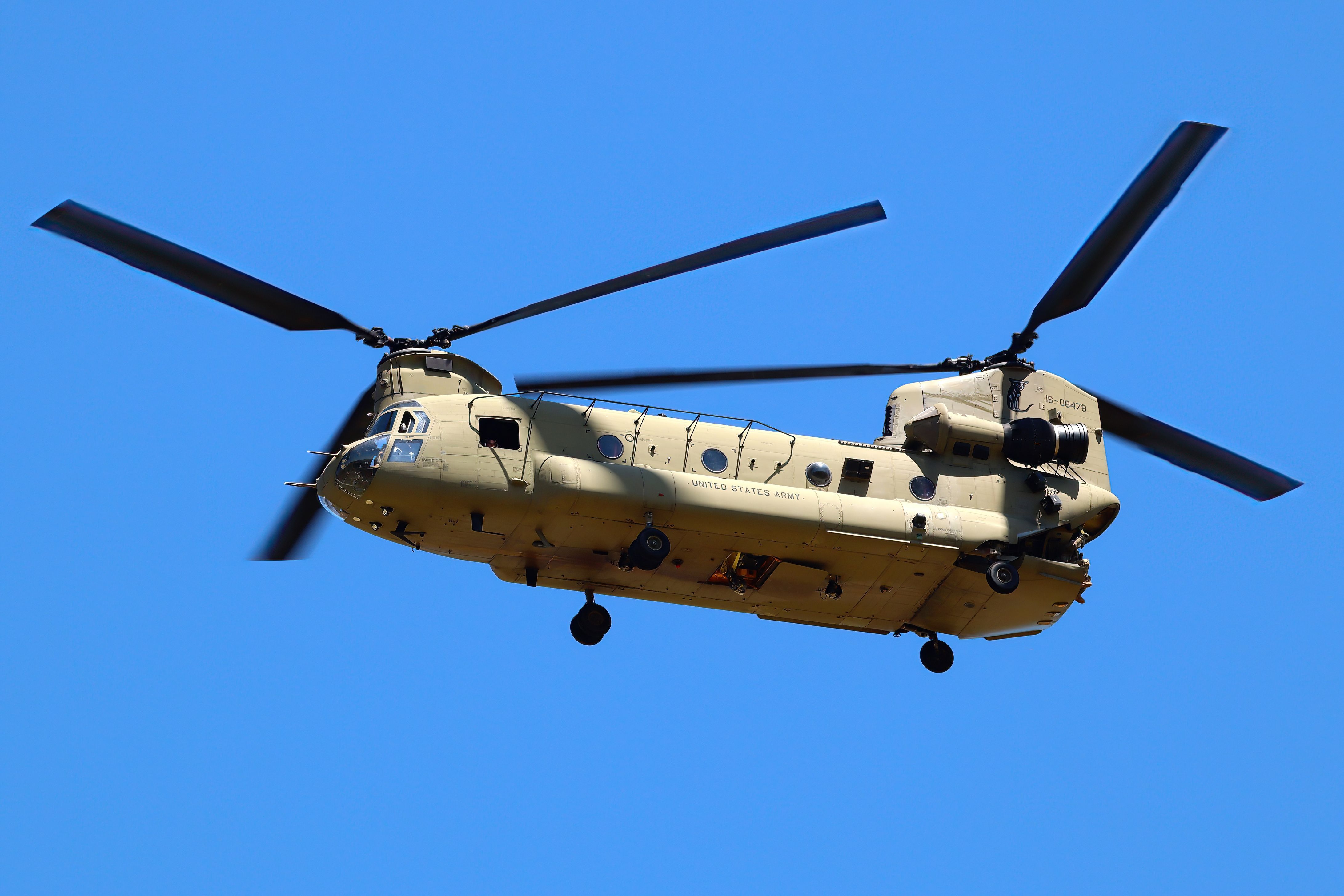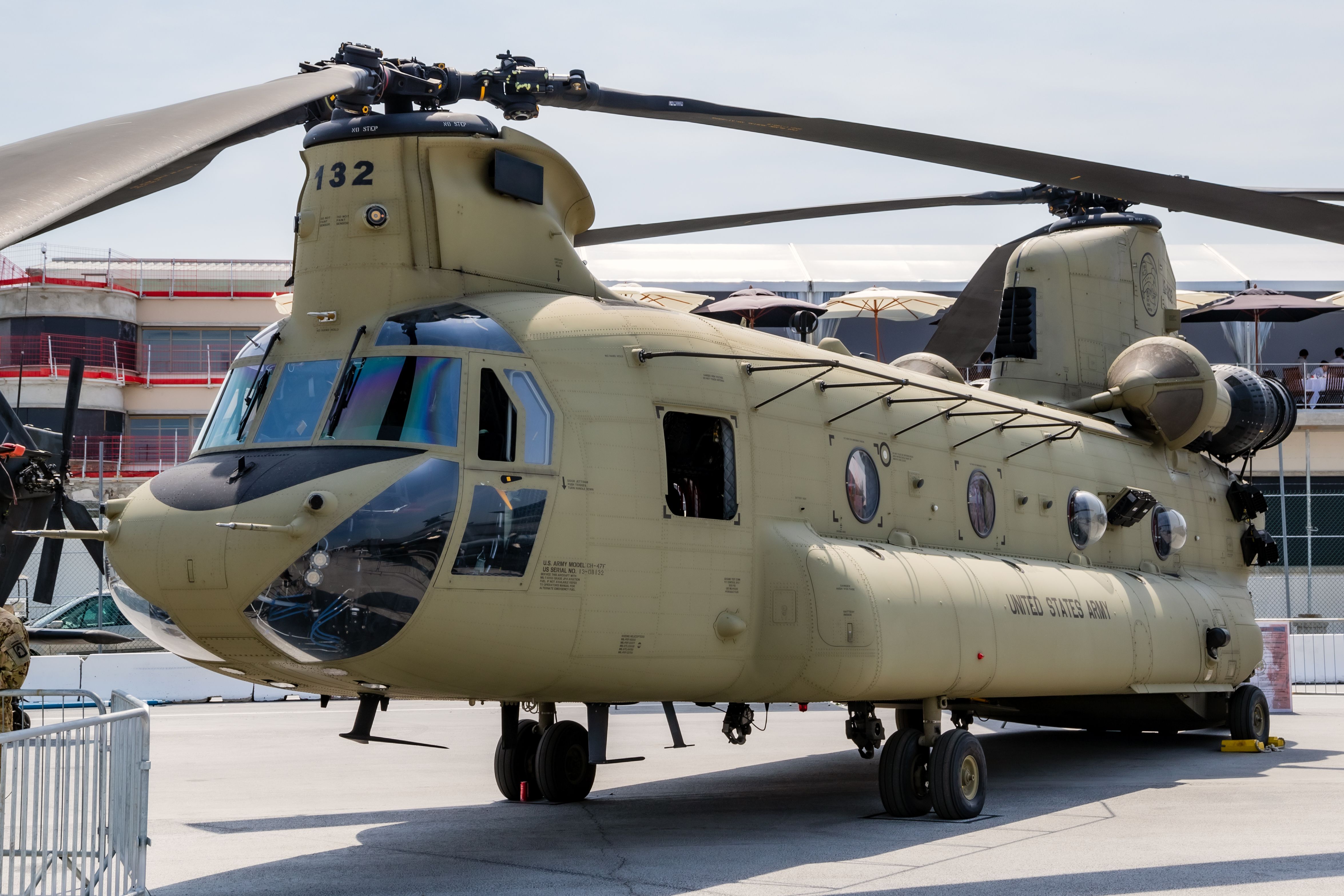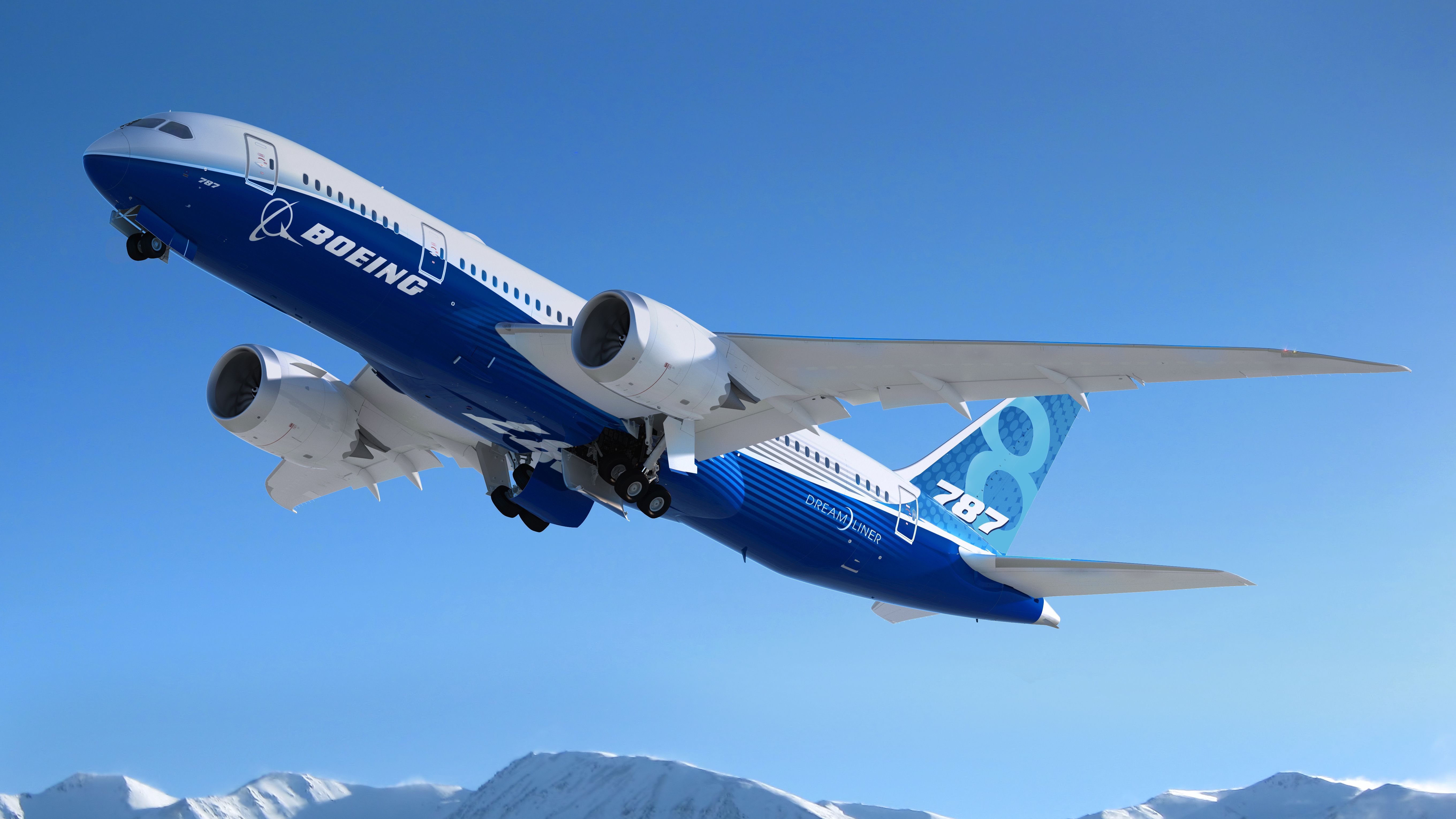Summary
- The CH-47 Chinook’s payload potential, especially for its operational cost, makes it highly reliable.
- The Chinook’s performance in hot and high conditions is equally impressive.
- Boeing’s Chinook also stands out for its maneuverability and speed
Having celebrated its first flight on September 21st, 1961, and introduced the following year, Boeing’s CH-47 Chinook has become a staple for militaries worldwide. The US Army’s premier heavy-lift helicopter can operate missions not feasible for any other aircraft; thus, the Chinook has been around for over 60 years. But its career is far from over. With updates to the CH-47 program, Boeing suggests that operators should be able to use the multi-role helicopter at least into the 2060s, if not longer. Let’s look at a few reasons the Chinook is still garnering attention several decades after its introduction.
1 If it fits, it ships
A big part of what makes the American-made CH-47 so versatile and reliable is its payload potential. According to Boeing and the US Army, its capability is somewhere between 24,000 and 26,000 lb (10,900 – 11,800 kg) at sea level. This is thanks to a tandem rotor system that comprises six blades, two engines, and five transmissions, built to produce over 10,000 horsepower.
Photo: JHPhtography / Shutterstock.com
Being a military aviation workhorse, the Chinook can carry all sorts of payloads. Of course, it can lift heavy boxes of food and medical supplies if used for humanitarian missions or a significant number of troops from point A to point B. But the CH-47 was built for much more; Boeing claims it is the only Army aircraft that can move a Joint Light Tactical Vehicle with completely installed armor and protection or reposition a new extended-range Howitzer along with ammunition and crew.
2 Ain’t no mountain high enough
Aircraft performance changes in hot and high conditions, and the Chinook is no exception. But what it can still do for operators in such an environment is particularly impressive. The US Army explains that for intra-theater payload transport in hot/high areas, the aircraft’s payload maxes out at 16,000 lb (7260 kg), which is still excellent compared to other options.
Photo: Boeing
Montana-based Billings Flying Service also incorporates a Chinook in its fleet for various heavy-payload operations. Given the terrain and climate of that area in the United States, it’s not surprising that the CH-47 often sees use as an aerial firefighting aircraft or lifting uncanny objects to mountainous regions. Billings Flying Service mentions that at an altitude of 5,000 feet and an outside temp of around 30 Celsius (86 Fahrenheit), it can still lift as much as 22,000 lb (10,000 kg). The next best would be an S-64 Sky Crane, which, under the same conditions, would only carry 10,500 lb (4,770 kg).
3 Unmatched mobility
Boeing’s Chinook helicopter was designed to work under extreme conditions in remote areas featuring terrain that standard aircraft would be unable to service. It is as agile itself as it allows soldiers on the ground to be. Part of that is due to the tandem rotors, which provide a great deal of mobility in their own right. But, according to Billings Flying Services, the CH-47 can be manipulated in unique ways that make it more valuable than competitor helicopters.
Photo: VanderWolf Images / Shutterstock.com
Integration of the Chinook’s drive components allows it to hover in place with incredible stability, even when outside conditions aren’t cooperating. The helicopter can be utilized to accurately place objects on the ground while navigating complex terrain, further proving how practical the vehicle can be to any operator, whether private or military.
4 Need for speed
Thus far, we have established that the Chinook is an extremely capable flying machine in terms of raw power, doing the heavy lifting for armies globally. But many of the missions this helicopter would be great for are also time-sensitive, so it must be as quick as it is strong. Fortunately, Boeing’s tandem-rotor aircraft delivers.
Phtoo: ThaKlein / Shutterstock.com
With an absolute top speed of 170 knots and a maximum cruise speed of nearly 160 knots, the CH-47 can complete its heavy-duty missions in a speedy manner. For the US Army, this can mean rapid deployment in challenging environments; for the aforementioned Billings Flying Services, it means significantly more water per hour dumped on a wildfire.
5 All at a low, low price
Obviously, this is comparative – helicopters and aircraft of any type cost a very pretty penny. But for the value it brings to the Army or other operators, Boeing’s CH-47 Chinook may be well worth the cost. It has been in development for many decades; engineers and designers have worked hard to make things make sense for both needs and finances.
Photo: VanderWolf Images / Shutterstock.com
Using the American aircraft manufacturers own words,
“Only Boeing has the experience to deliver the world’s most affordable, modern, and proven heavy lift helicopter.”
Not only is it an economical choice when looking at it from the standpoint of capability for cost, but since militaries and other operators globally heavily support the program, Boeing offers its customers a whole host of services that can reduce ownership costs. And regarding one of the most recent variants, the CH-47F, Boeing boasts that they’ve delivered hundreds of the type at an average 50 days ahead of schedule and all on cost. This means the Army is getting equipped early without further burdening US taxpayers.
Sources: Boeing, Honeywell, The US Army, Billings Flying Services


